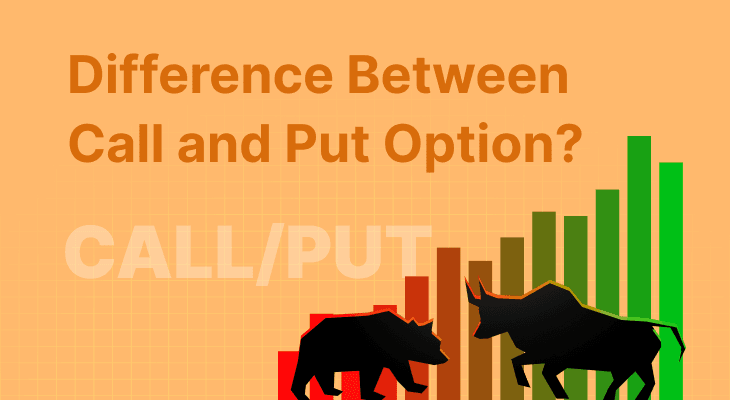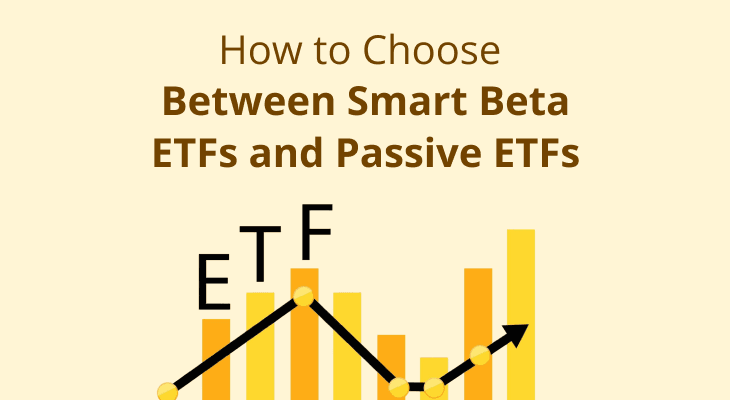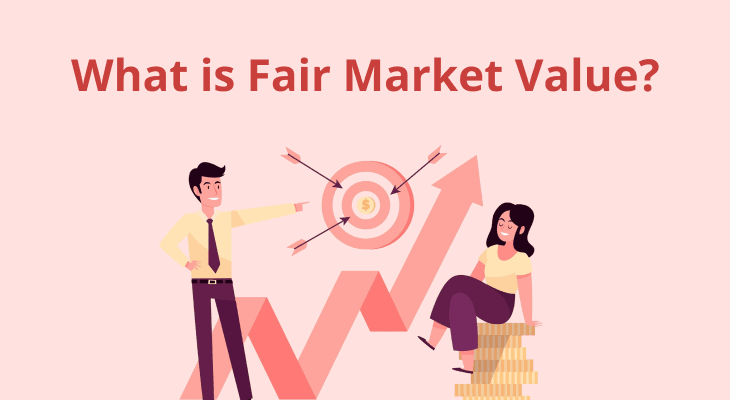
What is the Difference Between Call and Put Option?
Options with their unique trading characteristics and the potential to capitalise on their expiry are soon becoming effective tools for traders. The trading of options allows a trader to speculate on trades, hedge and manage risk while increasing their portfolio. Puts and calls are the most fundamental options that traders may employ. Therefore, any investor needs to understand the main differences between these. Although both of them are types of derivatives/derivatives contracts, where their holders hold the right to sell or buy assets (but not any obligation), these work and are implemented in completely different ways. In this post, we share some of the key differences that distinguish call and put options from one another so traders can understand their use as investment and trading strategies to mitigate risk.
What is the call option?
For risk-controlling investors, options trading may be an alternative. Yet, before you delve into things like the put call ratio, the concepts of options trading, or anything else in that regard, you should understand what an option contract is. Options contract is one of the derivative contracts which are generally known as Derivatives. Options are referred to as derivative contracts that get their value from a security or asset that is the basis for the contract (underlying asset). The only condition that they set is that contracts are purchased at a fixed price and must occur by a specific date or within an interval of time.
When you learn basic options, your understanding of the two most common types of options, calls and puts, will be better. An introduction to the call option is covered here. A call option is a kind of financial options agreement that grants the contract holder (the one who purchases it) the right, but not the obligation to purchase an underlying security or asset. The contract is bought for a predetermined price, the strike price, and must be executed within a certain time. This period lasts until the contract expires. The holder of a call options contract pays a premium to enter the agreement. The premium is based on the value of the asset against which the contract is made.
What is the put option?
Having learned what is a call option, it is time to focus on the put option. This will give you a potentially good understanding of call and put options in general. A put option is a type of financial derivatives contract that gives the options holder the right but not the obligation to sell an underlying asset. (e.g., bonds, stocks, commodities). Just like you purchase a call option contract for an agreed price—the strike price—for the period under which it must be exercised, it is the same with put options. The expiration date of the options contract is when this contract ends.
What is the difference between a call option and a put option?
You will hear about the put call ratio when trading options. Call and put options have basic differences, so these terms might be difficult to understand. The table below shows the differences between puts and calls, which are the two main types of options contracts
Variable for Difference | Call Option | Put Option |
| Right of Action | The holder is granted the right to purchase an underlying asset at a specific price within a particular duration. | The option holder is granted the right to sell an underlying asset at a certain price in a fixed amount of time. |
| When to Purchase Contracts | Contracts are bought when markets are predicted to be bullish - that is when the price of an asset is estimated to rise with a rise in overall market conditions. | Put options are bought when traders expect markets to be bearish or sluggish, with the expectation that an asset’s price will decline. |
| Purpose and Potential for Profit | This allows the holder to profit from an increase in the price of the said underlying asset. | The investor makes a profit if there is a decrease in the price of the said underlying asset. |
| Strike Price | The price at which the investor buys the underlying asset. | The price at which the holder is able to sell out an underlying asset. |
| Loss Potential | Limited to premium loss. | Infinite, since the strike minus the premium is how much you can lose. |
Call Option and Put Option Example
Example of a Call Option
For instance, let's say you buy a call option for one stock with a strike price or exercise price of ₹1,000 and maturity after one month with a premium of ₹20 per share.
If, before expiry, the stock price increases to ₹2,000, you can go ahead with executing your option and buy at a price of ₹1000 per share; then sell it later in the market, thereby making profits from this trade (after deducting premium paid).
If at all the stock price stays below ₹1,000, you may have decided not to exercise your option and therefore are capped your losses only towards a premium of ₹20 per share which was paid by you when buying this contract.
Example of a Put Option
Now consider that you buy a put option on the same stock with a strike price of ₹500, an expiry date in 3 months, and at ₹10 per share as premium.
If by the date of expiry, the stock price declines to ₹400, you can execute your option and sell your stock at the strike price which is ₹500 irrespective of whether it sells for lower in the market. This may also lead to a gain (minus the premium paid).
If the price of the stock does not go below ₹500, you may decide against carrying out this option in which case your loss will be equal to the premium of ₹10 per share.
Key Components of Call and Put Options
If you are new to futures and options trading, you must have an understanding of the basic structure in case you wish to trade in Options. While options trading is considered as a lucrative investment avenue by investors, there are certain fundamental aspects of call and put options that one needs to know before moving on to advanced concepts such as put-call ratio, etc. Call and Put options are composite securities with the following integral parts:
Strike Price: The strike price is an agreed-upon price where the options contract holder has a right to buy or sell an underlying asset.
Expiration Date: The time value of an option decreases as its expiration date approaches. Hence, due to the ‘time decay’ factor, there are fewer chances of making profits.
Volatility Considerations: Option pricing is affected by implied market volatility. Implied volatility is directly correlated with option premium pricing. Additionally, higher implied volatilities make for more expensive options, and vice versa.
Intrinsic Value: While assessing the difference between call and put options, intrinsic value may be a factor to consider. For instance, a put option may be ‘in-the-money’ if the price of the underlying asset is lower than the strike price. Intrinsic value is a feature of options that are ‘in-the-money’ options.
Premium Paid: This is one aspect of an options contract that can be negotiated. It is the most a buyer can lose and (in case of an out-of-the-money settlement) also what the seller may lose.
Time Value: The value of an options contract with time remaining for the expiry date is increased. The more time that passes, the greater chance an options contract yields profits.
Conclusion
Call options and put options provide a way to invest using both potential risk hedging moves, while also speculating on price shifts in securities. Because these derivatives contracts only offer holders the ability to exercise their options at will, they should be less risky. But, if you want to step into the domain of options trading, apart from learning about limit order types in options trading or market structures while buying investment instruments, you need to evaluate your risk nature or financial objectives well enough with a thorough knowledge of both call and put options.
FAQ
Can you lose money on call and put options
Call options and put options can cost you money. For instance, for call options, if the trader does not carry out the contract, the loss incurred is the premium paid.
When should you sell a call option?
You may consider selling a call option when: you believe that the price of an asset will fall, or the price of an asset will not rise above the strike price by the expiration date.
When should you sell a put option?
You may consider selling a put option if you are an experienced trader and you estimate that the price of an underlying asset will rise, or not go below a specific level.
What are the risks of selling options?
While selling options, potential risks exist. These risks include market volatility, time decay, market shifts, and the date of expiry of a contract.


